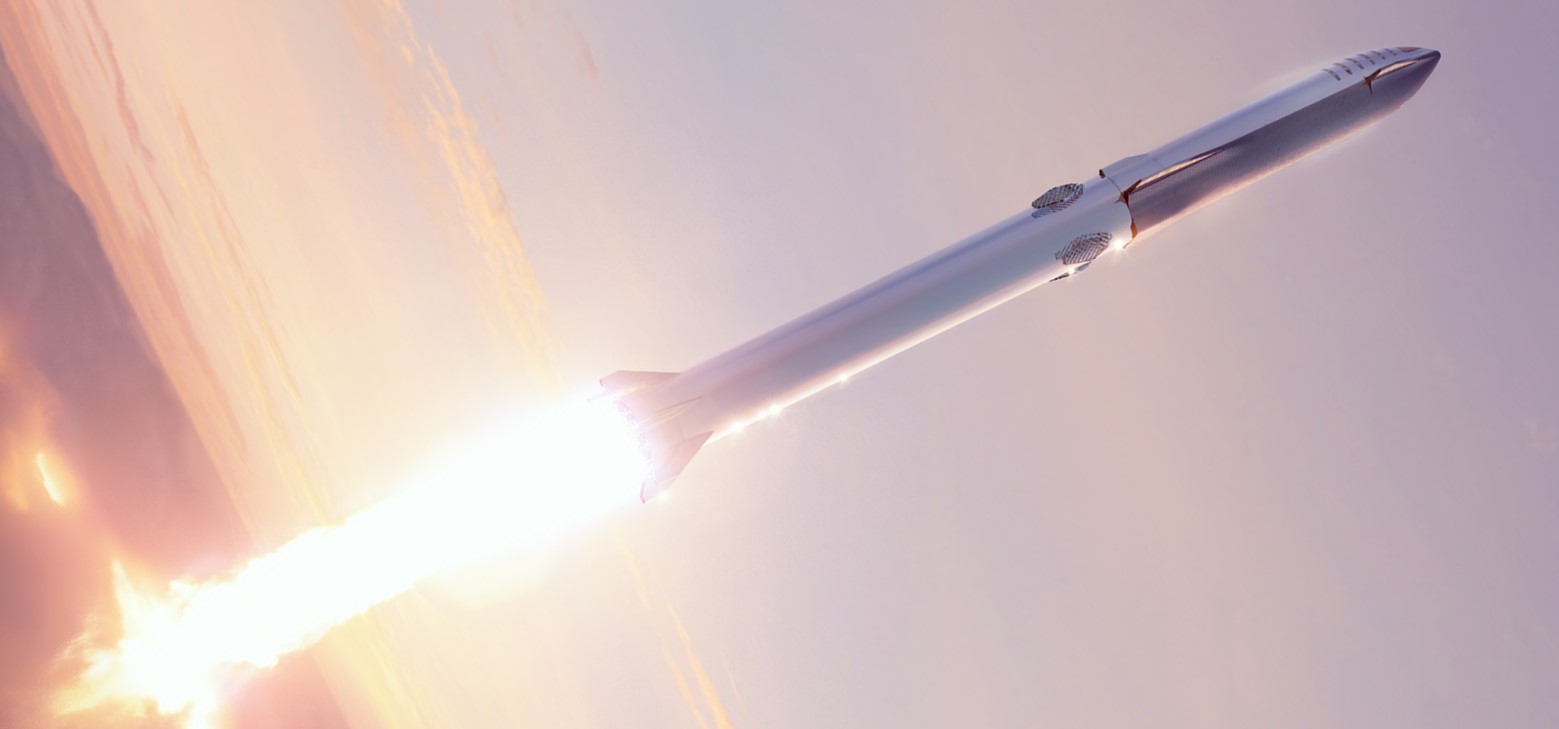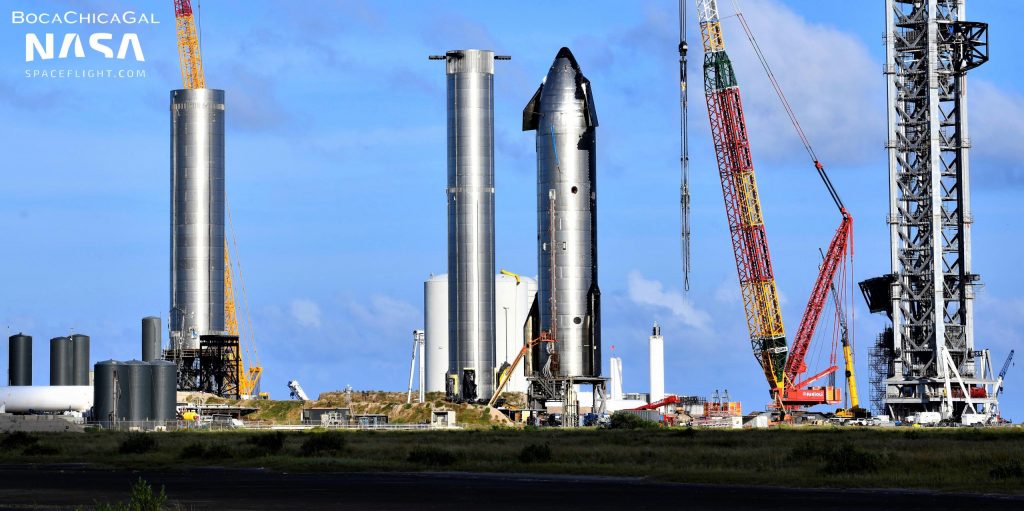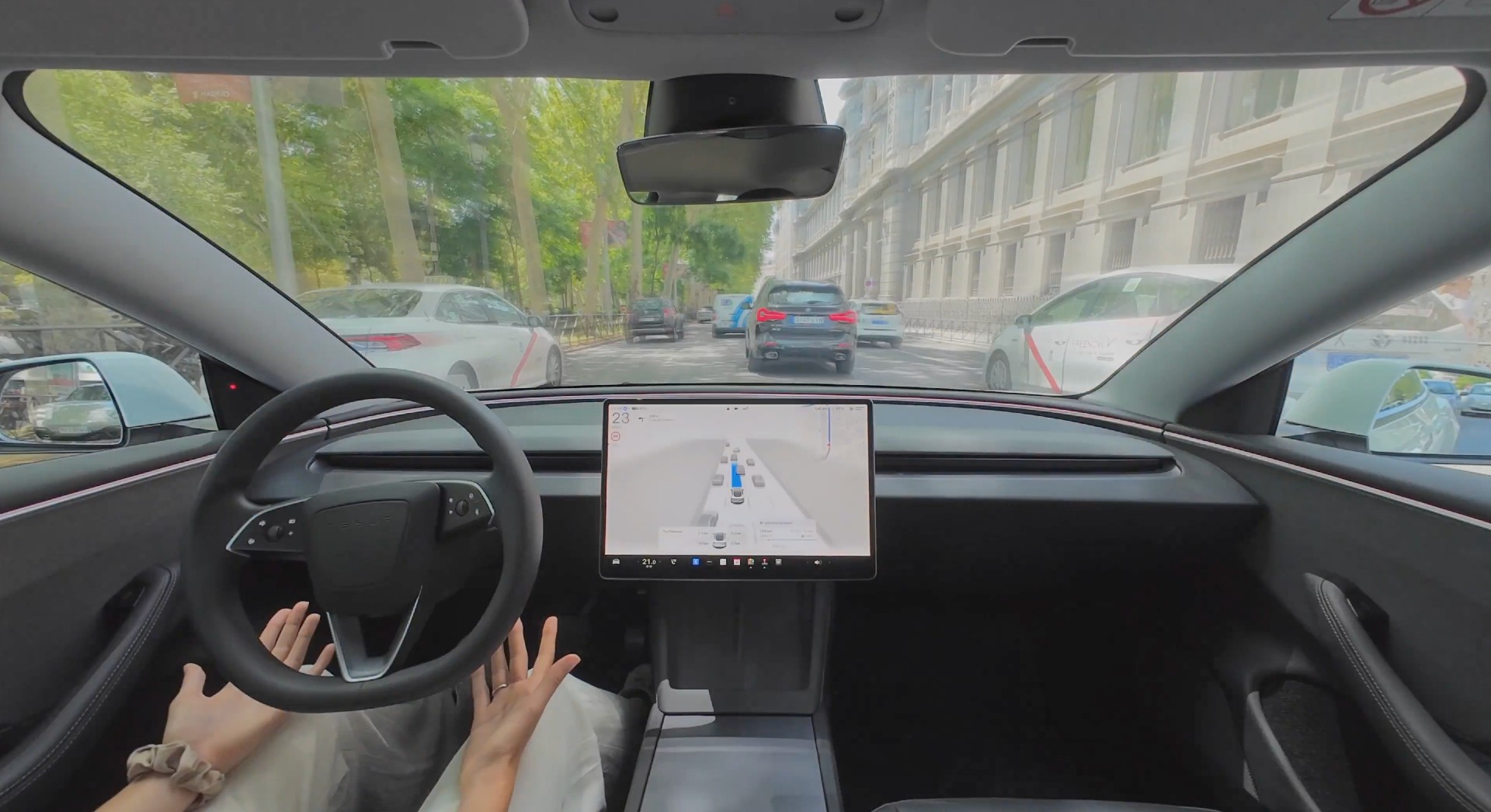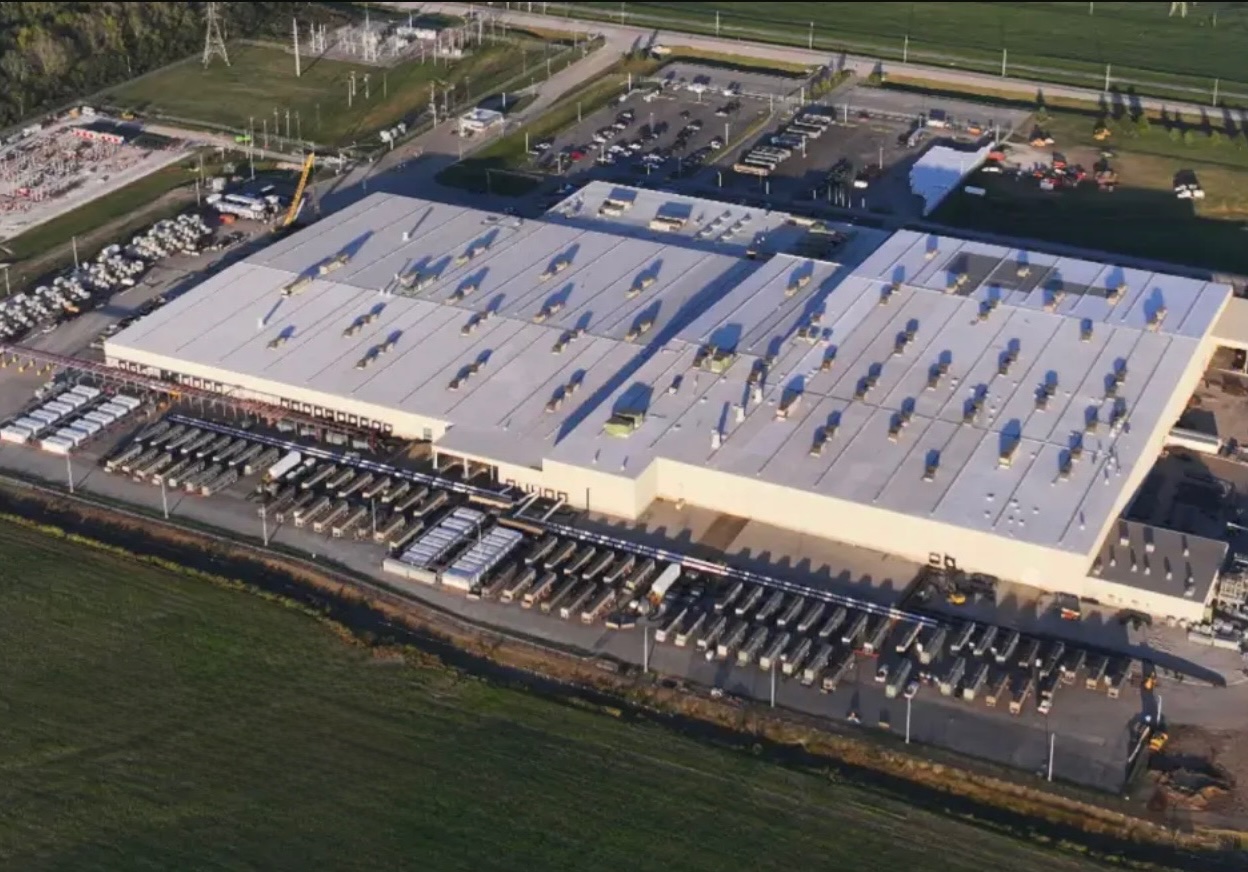

News
SpaceX’s first orbital Starship launch runs into more FAA delays
The US Federal Aviation Administration (FAA) says it’s at least two months behind schedule on an environmental review that must be completed before SpaceX will be allowed to attempt the first orbital Starship launch attempts.
In mid-November, the FAA revealed plans to complete SpaceX’s “SpaceX Starship/Super Heavy Launch Vehicle Program” programmatic environmental assessment (PEA) – a review that can be built upon down the road – by December 31st, 2021, officially delaying Starship’s first orbital launch attempt into 2022. Based on the lack of updates from the FAA and progress with the Starship and booster assigned to the mission, that delay was already largely expected, but the rare update nonetheless confirmed it with certainty. Now, less than a month and a half after the FAA announced its Dec 31st target, the agency has waited until three days before that estimated deadline to announce that it will take at least two more months to complete the review.
Somewhat insultingly, in its official statement on the delay, the FAA appears to attempt to implicate the review of “over 18,000 public comments” received during a comment period as a source of those delays. That six-week comment period ended on November 1st, weeks before the FAA published its first December 31st target date. In other words, for comment reviews to be responsible for any of the new delays, the FAA’s environmental compliance group would have had to underestimate the amount of work required to complete that process by at least 100% – not all that encouraging for an agency in which precision and accuracy are of the utmost importance.
“The FAA plans to issue the Final Programmatic Environmental Assessment (PEA) for the SpaceX Starship / Super Heavy project on Feb. 28, 2022. The previous target date was Dec. 31, 2021.
Under the oversight of the FAA, SpaceX is currently drafting responses for the over 18,000 public comments received on the Draft PEA and continues to prepare the Final PEA for the FAA’s review and acceptance. In addition, the FAA is continuing consultation and coordination with other agencies at the local, State and Federal level.
The environmental review is just one part of the FAA commercial space licensing process. SpaceX’s license application must also meet FAA safety, risk and financial responsibility requirements.”
The real delays, which the FAA acknowledges in much less detail, are likely the result of “continuing consultation and coordination with other agencies at the local, State, and Federal level [sic].” In the FAA’s defense, some of those delays may technically be out of its control if slow responses from other agencies are partly to blame. Nonetheless, it was the FAA’s decision to wait from November 2020 to June 2021 to actually proceed with SpaceX’s Starship environmental assessment, which the company officially began drafting in March 2021.
Had the FAA started work on the PEA in earnest several months prior, which appears to have been well within its power, SpaceX’s extremely limited orbital Starship PEA might already be complete, allowing the agency to begin ensuring that SpaceX “meet[s] FAA safety, risk and financial responsibility requirements.” If the process of securing a limited license for far less risky suborbital Starship launches is anything to go off of, securing a similar license for orbital Starship launches with 10-20 times the explosive potential could be an agonizing months-long ordeal. It’s ambiguous if the FAA is already deep into that process or if it’s waiting for a complete, approved PEA to begin work on Starship’s first orbital launch license.

Regardless, the fact remains that it’s no longer clear if the FAA’s delays or poor schedule estimates will actually delay Starship’s first orbital launch attempt. Originally said to be no earlier than July 2021 and almost every subsequent month since by Elon Musk, the CEO’s most recent estimate was January or February 2022. According to a relevant NASA research project published a month prior to Musk’s estimate, the space agency anticipated Starship’s orbital launch debut no earlier than March 2022. Now that the FAA doesn’t expect to complete Starship’s orbital-class PEA before February 28th, 2022, March or April 2022 appears to be a more accurate NET.
That will give SpaceX another three months at minimum to – just maybe – finally complete Super Heavy B4’s aft assembly, qualify and fill the methane side of Starbase’s orbital-class tank farm, perform several unprecedentedly ambitious wet dress rehearsals and static fires, really make sure Ship 20 is ready for flight, and activate the orbital launch tower’s massive ‘chopstick’ arms – meant to eventually catch rockets out of the air but also necessary for SpaceX to install Starship on top of Super Heavy.
Elon Musk
Why Tesla’s Q3 could be one of its biggest quarters in history
Tesla could stand to benefit from the removal of the $7,500 EV tax credit at the end of Q3.

Tesla has gotten off to a slow start in 2025, as the first half of the year has not been one to remember from a delivery perspective.
However, Q3 could end up being one of the best the company has had in history, with the United States potentially being a major contributor to what might reverse a slow start to the year.
Earlier today, the United States’ House of Representatives officially passed President Trump’s “Big Beautiful Bill,” after it made its way through the Senate earlier this week. The bill will head to President Trump, as he looks to sign it before his July 4 deadline.
The Bill will effectively bring closure to the $7,500 EV tax credit, which will end on September 30, 2025. This means, over the next three months in the United States, those who are looking to buy an EV will have their last chance to take advantage of the credit. EVs will then be, for most people, $7,500 more expensive, in essence.
The tax credit is available to any single filer who makes under $150,000 per year, $225,000 a year to a head of household, and $300,000 to couples filing jointly.
Ending the tax credit was expected with the Trump administration, as his policies have leaned significantly toward reliance on fossil fuels, ending what he calls an “EV mandate.” He has used this phrase several times in disagreements with Tesla CEO Elon Musk.
Nevertheless, those who have been on the fence about buying a Tesla, or any EV, for that matter, will have some decisions to make in the next three months. While all companies will stand to benefit from this time crunch, Tesla could be the true winner because of its sheer volume.
If things are done correctly, meaning if Tesla can also offer incentives like 0% APR, special pricing on leasing or financing, or other advantages (like free Red, White, and Blue for a short period of time in celebration of Independence Day), it could see some real volume in sales this quarter.
You can now buy a Tesla in Red, White, and Blue for free until July 14 https://t.co/iAwhaRFOH0
— TESLARATI (@Teslarati) July 3, 2025
Tesla is just a shade under 721,000 deliveries for the year, so it’s on pace for roughly 1.4 million for 2025. This would be a decrease from the 1.8 million cars it delivered in each of the last two years. Traditionally, the second half of the year has produced Tesla’s strongest quarters. Its top three quarters in terms of deliveries are Q4 2024 with 495,570 vehicles, Q4 2023 with 484,507 vehicles, and Q3 2024 with 462,890 vehicles.
Elon Musk
Tesla Full Self-Driving testing continues European expansion: here’s where
Tesla has launched Full Self-Driving testing in a fifth European country ahead of its launch.

Tesla Full Self-Driving is being tested in several countries across Europe as the company prepares to launch its driver assistance suite on the continent.
The company is still working through the regulatory hurdles with the European Union. They are plentiful and difficult to navigate, but Tesla is still making progress as its testing of FSD continues to expand.
Today, it officially began testing in a new country, as more regions open their doors to Tesla. Many owners and potential customers in Europe are awaiting its launch.
On Thursday, Tesla officially confirmed that Full Self-Driving testing is underway in Spain, as the company shared an extensive video of a trip through the streets of Madrid:
Como pez en el agua …
FSD Supervised testing in Madrid, Spain
Pending regulatory approval pic.twitter.com/txTgoWseuA
— Tesla Europe & Middle East (@teslaeurope) July 3, 2025
The launch of Full Self-Driving testing in Spain marks the fifth country in which Tesla has started assessing the suite’s performance in the European market.
Across the past several months, Tesla has been expanding the scope of countries where Full Self-Driving is being tested. It has already made it to Italy, France, the Netherlands, and Germany previously.
Tesla has already filed applications to have Full Self-Driving (Supervised) launched across the European Union, but CEO Elon Musk has indicated that this particular step has been the delay in the official launch of the suite thus far.
In mid-June, Musk revealed the frustrations Tesla has felt during its efforts to launch its Full Self-Driving (Supervised) suite in Europe, stating that the holdup can be attributed to authorities in various countries, as well as the EU as a whole:
Tesla Full Self-Driving’s European launch frustrations revealed by Elon Musk
“Waiting for Dutch authorities and then the EU to approve. Very frustrating and hurts the safety of people in Europe, as driving with advanced Autopilot on results in four times fewer injuries! Please ask your governing authorities to accelerate making Tesla safer in Europe.”
Waiting for Dutch authorities and then the EU to approve.
Very frustrating and hurts the safety of people in Europe, as driving with advanced Autopilot on results in four times fewer injuries!
Please ask your governing authorities to accelerate making Tesla safer in Europe. https://t.co/QIYCXhhaQp
— Elon Musk (@elonmusk) June 11, 2025
Tesla said last year that it planned to launch Full Self-Driving in Europe in 2025.
Elon Musk
xAI’s Memphis data center receives air permit despite community criticism
xAI welcomed the development in a post on its official xAI Memphis account on X.

Elon Musk’s artificial intelligence startup xAI has secured an air permit from Memphis health officials for its data center project, despite critics’ opposition and pending legal action. The Shelby County Health Department approved the permit this week, allowing xAI to operate 15 mobile gas turbines at its facility.
Air permit granted
The air permit comes after months of protests from Memphis residents and environmental justice advocates, who alleged that xAI violated the Clean Air Act by operating gas turbines without prior approval, as per a report from WIRED.
The Southern Environmental Law Center (SELC) and the NAACP has claimed that xAI installed dozens of gas turbines at its new data campus without acquiring the mandatory Prevention of Significant Deterioration (PSD) permit required for large-scale emission sources.
Local officials previously stated the turbines were considered “temporary” and thus not subject to stricter permitting. xAI applied for an air permit in January 2025, and in June, Memphis Mayor Paul Young acknowledged that the company was operating 21 turbines. SELC, however, has claimed that aerial footage shows the number may be as high as 35.
Critics are not giving up
Civil rights groups have stated that they intend to move forward with legal action. “xAI’s decision to install and operate dozens of polluting gas turbines without any permits or public oversight is a clear violation of the Clean Air Act,” said Patrick Anderson, senior attorney at SELC.
“Over the last year, these turbines have pumped out pollution that threatens the health of Memphis families. This notice paves the way for a lawsuit that can hold xAI accountable for its unlawful refusal to get permits for its gas turbines,” he added.
Sharon Wilson, a certified optical gas imaging thermographer, also described the emissions cloud in Memphis as notable. “I expected to see the typical power plant type of pollution that I see. What I saw was way worse than what I expected,” she said.
-

 Elon Musk3 days ago
Elon Musk3 days agoTesla investors will be shocked by Jim Cramer’s latest assessment
-

 News1 week ago
News1 week agoTesla Robotaxi’s biggest challenge seems to be this one thing
-

 News2 weeks ago
News2 weeks agoTexas lawmakers urge Tesla to delay Austin robotaxi launch to September
-

 Elon Musk2 weeks ago
Elon Musk2 weeks agoFirst Look at Tesla’s Robotaxi App: features, design, and more
-

 Elon Musk2 weeks ago
Elon Musk2 weeks agoxAI’s Grok 3 partners with Oracle Cloud for corporate AI innovation
-

 News2 weeks ago
News2 weeks agoWatch Tesla’s first driverless public Robotaxi rides in Texas
-

 News2 weeks ago
News2 weeks agoSpaceX and Elon Musk share insights on Starship Ship 36’s RUD
-

 News2 weeks ago
News2 weeks agoTesla has started rolling out initial round of Robotaxi invites

















